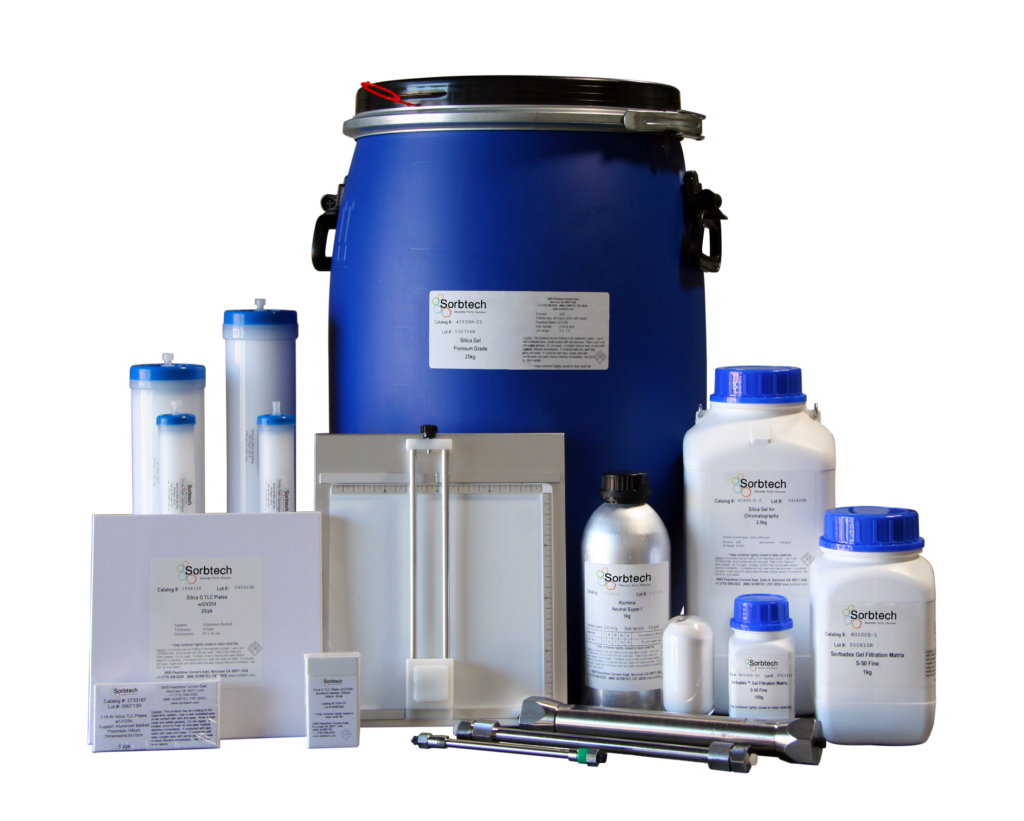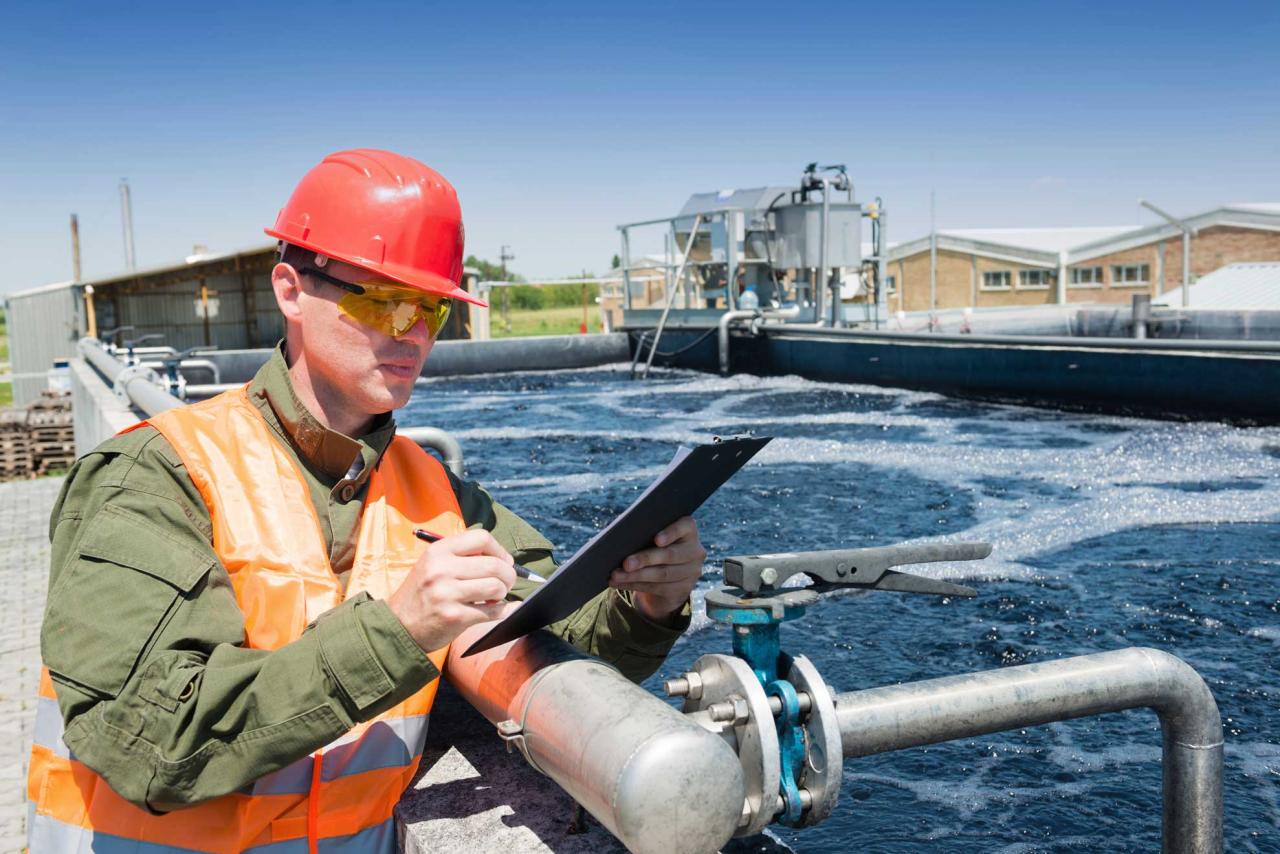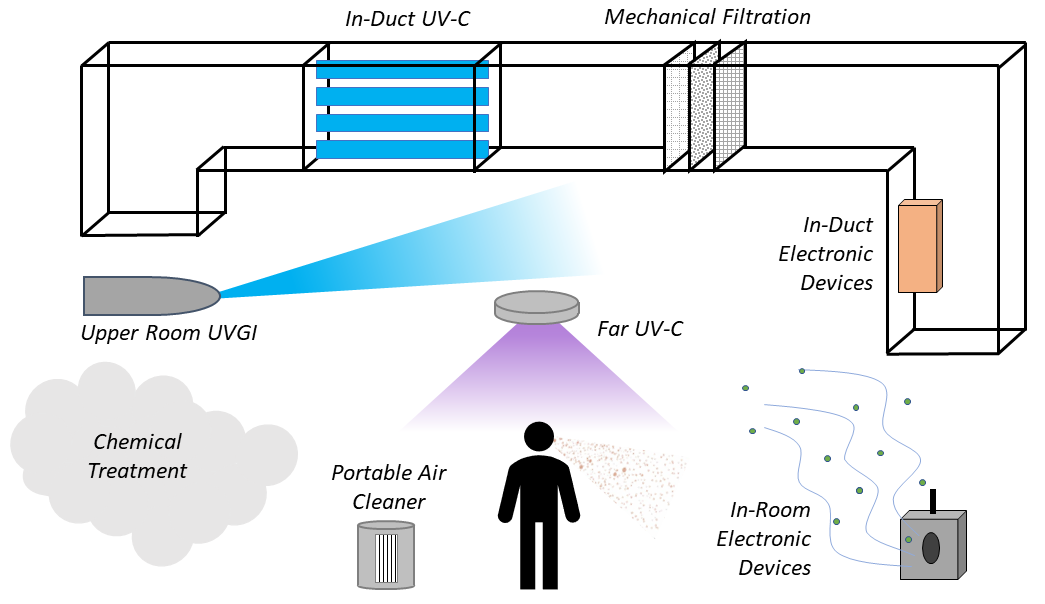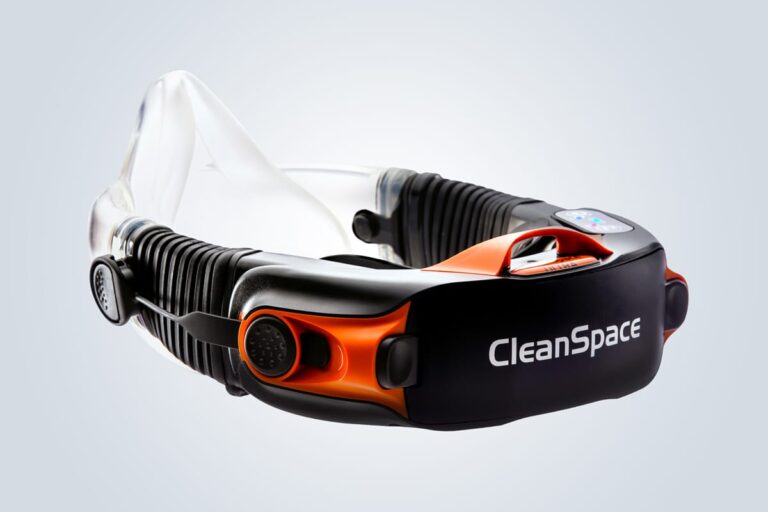New Air Technologies: Breathe Easy, Breathe Clean
New air technologies are revolutionizing how we approach air quality, both indoors and out. From advanced purification systems that combat pollutants to innovative solutions for cleaner transportation, these advancements are […]
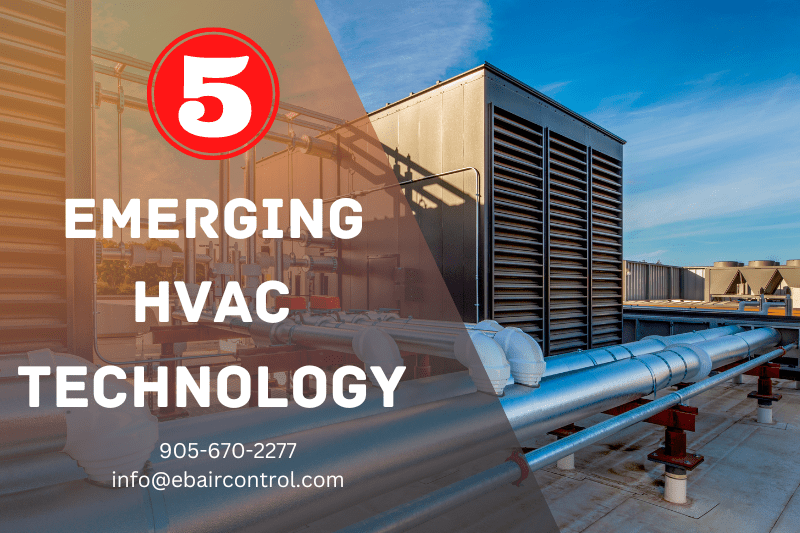
New air technologies are revolutionizing how we approach air quality, both indoors and out. From advanced purification systems that combat pollutants to innovative solutions for cleaner transportation, these advancements are paving the way for a healthier and more sustainable future.
This exploration delves into the fascinating world of air purification, air quality monitoring, sustainable air transportation, indoor air quality, and air pollution control. We’ll examine the science behind these technologies, explore their real-world applications, and discuss the impact they have on our health and environment.
Emerging Air Purification Technologies
Air purification technologies are evolving rapidly, offering innovative solutions to combat indoor air pollution and improve air quality. These advancements leverage various scientific principles to remove harmful pollutants, ensuring healthier and more comfortable living environments.
HEPA Filtration
HEPA filtration is a widely used and effective air purification technology. HEPA stands for High-Efficiency Particulate Air, and HEPA filters are designed to capture microscopic particles, including dust mites, pollen, pet dander, mold spores, and even some bacteria and viruses. The principle behind HEPA filtration is simple: the filter contains a dense mesh of fibers with tiny pores, trapping particles as air passes through.
- Effectiveness: HEPA filters are highly effective in removing particles down to 0.3 microns in size. They are particularly efficient at capturing larger particles like dust and pollen but are less effective against smaller particles like gases and volatile organic compounds (VOCs).
- Limitations: While HEPA filters are excellent at removing particulate matter, they are not as effective at removing gases or odors. Additionally, they require regular maintenance and replacement to ensure optimal performance.
- Applications: HEPA filters are commonly used in air purifiers, vacuum cleaners, and HVAC systems. They are particularly beneficial in homes with pets, allergies, or asthma, as well as in hospitals and other healthcare settings.
UV-C Sterilization
UV-C sterilization is a powerful air purification technology that utilizes ultraviolet (UV) light to kill microorganisms. UV-C light has a short wavelength that damages the DNA of bacteria, viruses, and other pathogens, rendering them inactive.
- Effectiveness: UV-C sterilization is highly effective at inactivating a wide range of microorganisms, including bacteria, viruses, and mold spores. It has been proven effective against various pathogens, including influenza, COVID-19, and other respiratory viruses.
- Limitations: UV-C light can be harmful to humans and animals if exposed directly. It is crucial to ensure that UV-C lamps are installed and used safely, with proper shielding and ventilation. UV-C light may also be less effective against some resistant pathogens.
- Applications: UV-C sterilization is commonly used in hospitals, healthcare facilities, and other settings where disinfection is critical. It is also being increasingly used in air purifiers and HVAC systems to enhance air quality and reduce the spread of airborne pathogens.
Photocatalytic Oxidation
Photocatalytic oxidation (PCO) is an air purification technology that uses a photocatalyst, typically titanium dioxide (TiO2), to break down pollutants. When exposed to UV light, the photocatalyst becomes activated and oxidizes pollutants, converting them into harmless substances like water and carbon dioxide.
- Effectiveness: PCO is effective at removing a wide range of pollutants, including VOCs, odors, and some bacteria and viruses. It can also help reduce the formation of ozone, a harmful air pollutant.
- Limitations: PCO technology is generally less effective at removing larger particles like dust and pollen. It also requires UV light for activation, limiting its effectiveness in low-light conditions.
- Applications: PCO is often used in air purifiers, HVAC systems, and other applications where air quality improvement is desired. It is particularly effective at removing odors and VOCs, making it suitable for homes, offices, and public spaces.
Comparison of Air Purification Technologies
| Technology | Pros | Cons |
|---|---|---|
| HEPA Filtration | Highly effective at removing particulate matter, including dust, pollen, and pet dander. | Not effective at removing gases or odors. Requires regular maintenance and filter replacement. |
| UV-C Sterilization | Highly effective at inactivating a wide range of microorganisms, including bacteria, viruses, and mold spores. | Can be harmful to humans and animals if exposed directly. May be less effective against some resistant pathogens. |
| Photocatalytic Oxidation | Effective at removing VOCs, odors, and some bacteria and viruses. Can help reduce the formation of ozone. | Less effective at removing larger particles like dust and pollen. Requires UV light for activation, limiting its effectiveness in low-light conditions. |
Indoor Air Quality and Health: New Air Technologies

Indoor air quality is a crucial aspect of overall well-being, impacting our health in ways we might not even realize. The air we breathe indoors can be significantly polluted, containing various harmful substances that can have detrimental effects on our respiratory system, trigger allergies, and even contribute to chronic diseases.
Impact of Indoor Air Pollutants on Human Health, New air technologies
Indoor air pollutants can have a significant impact on human health, especially for vulnerable groups like children, the elderly, and individuals with pre-existing respiratory conditions. These pollutants can trigger a range of health issues, including:
- Respiratory problems: Exposure to indoor air pollutants can irritate the lungs, leading to coughing, wheezing, shortness of breath, and even asthma attacks. Common indoor pollutants like dust mites, pet dander, mold, and volatile organic compounds (VOCs) can trigger these symptoms.
- Allergies: Indoor allergens like pollen, dust mites, pet dander, and mold spores can trigger allergic reactions, leading to symptoms such as sneezing, runny nose, itchy eyes, and skin rashes. These allergies can significantly impact quality of life, affecting sleep, productivity, and overall well-being.
- Chronic diseases: Long-term exposure to indoor air pollutants can contribute to the development of chronic diseases, including heart disease, stroke, lung cancer, and respiratory illnesses. Studies have shown a link between indoor air pollution and an increased risk of these conditions, highlighting the importance of maintaining good indoor air quality.
Strategies for Improving Indoor Air Quality
Improving indoor air quality is essential for protecting our health and well-being. Several practical tips and strategies can help create a healthier indoor environment:
- Ventilation: Proper ventilation is crucial for removing indoor pollutants and bringing in fresh air. Open windows and doors regularly, especially when cooking or cleaning. Use exhaust fans in the kitchen and bathroom to remove moisture and odors. Consider installing a whole-house ventilation system for continuous air circulation.
- Building materials: Choose building materials with low VOC emissions, such as natural wood, bamboo, and stone. Avoid using materials that release harmful chemicals, such as formaldehyde-based products. Consider using paints and sealants with low VOC content.
- Personal habits: Develop healthy habits to minimize indoor air pollution. Avoid smoking indoors, use air purifiers to remove airborne particles, and regularly clean and dust your home. Vacuum frequently, especially carpets and upholstery, to remove dust mites and allergens.
Importance of Ventilation Systems
Ventilation systems play a crucial role in maintaining healthy indoor air quality. They provide a controlled and efficient way to remove pollutants and introduce fresh air. There are different types of ventilation systems, each with its advantages and disadvantages:
- Natural ventilation: This involves using windows and doors to allow air to circulate naturally. It is a cost-effective option but may not be effective in all climates or for removing specific pollutants.
- Mechanical ventilation: This involves using fans and other mechanical devices to move air. It provides a more controlled and efficient way to ventilate a space, but it can be more expensive to install and operate.
- Heat recovery ventilation (HRV): This system uses a heat exchanger to transfer heat from the exhaust air to the incoming fresh air, reducing energy consumption and improving comfort.
Building Materials and Indoor Air Quality
The materials used in building construction can significantly impact indoor air quality. Some materials release harmful chemicals into the air, while others contribute to better air quality.
- Formaldehyde: This is a common indoor air pollutant found in various building materials, including plywood, particleboard, and some types of insulation. It can cause eye, nose, and throat irritation, as well as headaches and respiratory problems.
- VOCs: Volatile organic compounds are released from many building materials, including paints, varnishes, adhesives, and carpets. They can cause headaches, dizziness, nausea, and respiratory problems.
- Natural materials: Using natural materials like wood, bamboo, and stone can help improve indoor air quality. These materials typically release fewer harmful chemicals and can create a more comfortable and healthy environment.
Best Practices for Improving Indoor Air Quality
Here are some best practices for improving indoor air quality:
- Ventilate regularly: Open windows and doors for at least 30 minutes each day to allow fresh air to circulate.
- Use exhaust fans: Turn on exhaust fans in the kitchen and bathroom when cooking, showering, or using cleaning products.
- Clean regularly: Vacuum carpets and upholstery frequently to remove dust mites and allergens. Dust surfaces regularly, especially in areas where dust accumulates.
- Control humidity: Maintain a relative humidity level between 30% and 50% to minimize mold growth. Use a dehumidifier in humid climates and a humidifier in dry climates.
- Avoid smoking indoors: Secondhand smoke is a major indoor air pollutant that can cause a wide range of health problems.
- Use air purifiers: Consider using air purifiers to remove airborne particles, such as dust, pollen, and pet dander.
Air Pollution Control and Mitigation

Air pollution is a significant global issue that poses serious threats to human health and the environment. It encompasses the release of harmful substances into the atmosphere, leading to various adverse effects on ecosystems, climate change, and human well-being. Effective air pollution control and mitigation strategies are crucial to protect public health and safeguard the planet.
Types of Air Pollutants and Sources
Air pollutants can be categorized into various types, each with distinct sources and impacts. Understanding the different types of pollutants and their origins is essential for developing targeted mitigation measures.
- Particulate Matter (PM): PM refers to tiny particles suspended in the air, including dust, soot, smoke, and aerosols. These particles can penetrate deep into the lungs, causing respiratory problems and cardiovascular diseases. Major sources of PM include industrial emissions, vehicle exhaust, construction activities, and wildfires.
- Ozone (O3): Ozone is a gas formed by chemical reactions involving nitrogen oxides (NOx) and volatile organic compounds (VOCs) in the presence of sunlight. Ground-level ozone is a harmful air pollutant that can damage lung tissue and contribute to respiratory problems. Significant sources of ozone precursors include vehicle emissions, industrial processes, and gasoline evaporation.
- Carbon Monoxide (CO): CO is a colorless and odorless gas produced by incomplete combustion of fossil fuels. It can reduce oxygen-carrying capacity in the blood, leading to cardiovascular issues. Major sources of CO include vehicle exhaust, industrial processes, and residential heating.
- Sulfur Dioxide (SO2): SO2 is a colorless gas released primarily from the burning of fossil fuels containing sulfur, such as coal. It can irritate the respiratory system and contribute to acid rain. Major sources include power plants, industrial processes, and oil refineries.
- Nitrogen Oxides (NOx): NOx refers to a group of gases, including nitrogen monoxide (NO) and nitrogen dioxide (NO2), formed during high-temperature combustion processes. They contribute to ozone formation, acid rain, and respiratory problems. Major sources include vehicle emissions, power plants, and industrial processes.
- Volatile Organic Compounds (VOCs): VOCs are a diverse group of organic chemicals that evaporate readily at room temperature. They contribute to ozone formation and can have adverse health effects. Major sources include industrial processes, vehicle emissions, paints, solvents, and consumer products.
- Heavy Metals: Heavy metals, such as lead, mercury, and arsenic, can be released into the air from various sources, including industrial processes, mining activities, and waste incineration. They can accumulate in the body and cause serious health problems.
Air Pollution Control Technologies
Industries and other sources of air pollution employ various technologies to reduce emissions and mitigate their impact on air quality. These technologies target specific pollutants and operate based on different principles.
- Scrubbers: Scrubbers are devices used to remove pollutants from flue gases or other industrial emissions. They work by passing the gas stream through a liquid solution that absorbs or reacts with the pollutants. Different types of scrubbers are used for different pollutants, such as wet scrubbers for removing SO2 and dry scrubbers for removing particulate matter.
- Filters: Filters are used to capture particulate matter from air streams. They can be made of various materials, such as fabric, fiberglass, or ceramic, and are designed to trap particles of different sizes. Common types of filters include bag filters, electrostatic precipitators, and cyclone separators.
- Catalytic Converters: Catalytic converters are devices installed in vehicle exhaust systems to reduce emissions of harmful gases, such as CO, NOx, and VOCs. They contain a catalytic material that promotes chemical reactions that convert these pollutants into less harmful substances.
- Combustion Modification: Modifying combustion processes in industrial furnaces and power plants can reduce NOx emissions. Techniques include low-NOx burners, staged combustion, and flue gas recirculation. These modifications aim to optimize combustion conditions to minimize NOx formation.
- Electrostatic Precipitators: Electrostatic precipitators use an electric field to remove particulate matter from flue gases. The charged particles are attracted to oppositely charged electrodes, where they are collected and removed from the gas stream.
- Cyclone Separators: Cyclone separators use centrifugal force to separate particulate matter from air streams. The air is spun in a vortex, causing heavier particles to be thrown to the outer wall and collected.
Government Regulations and Environmental Policies
Government regulations and environmental policies play a crucial role in controlling air pollution levels. These measures set standards for emissions, promote the use of cleaner technologies, and incentivize pollution reduction efforts.
- Emission Standards: Government agencies set emission standards for various sources of air pollution, such as vehicles, power plants, and industrial facilities. These standards specify maximum allowable emissions of pollutants, ensuring that sources operate within acceptable limits.
- Air Quality Standards: Governments also establish air quality standards that define acceptable levels of pollutants in ambient air. These standards protect public health and the environment by setting limits on pollutant concentrations. Exceeding these standards triggers enforcement actions and motivates pollution reduction efforts.
- Incentives and Subsidies: Governments often offer incentives and subsidies to encourage the adoption of cleaner technologies and practices. These measures can include tax breaks, grants, and rebates for businesses and individuals who invest in pollution control equipment or implement sustainable practices.
- Cap-and-Trade Programs: Cap-and-trade programs set a limit (cap) on total emissions for a specific pollutant and allow companies to trade emission allowances. Companies that reduce emissions below their allocated allowance can sell their excess allowances to companies that exceed their limits, creating a market-based incentive for pollution reduction.
Impact of Air Pollution Mitigation Efforts
Air pollution mitigation efforts have significant impacts on public health and environmental sustainability. These efforts contribute to cleaner air, improved health outcomes, and a more sustainable future.
- Improved Public Health: Reducing air pollution leads to significant improvements in public health. Lower levels of pollutants reduce respiratory and cardiovascular problems, improve lung function, and decrease the risk of premature death. Studies have shown that air pollution mitigation measures can lead to substantial reductions in hospital admissions, emergency room visits, and mortality rates.
- Environmental Sustainability: Air pollution mitigation efforts are essential for environmental sustainability. Reducing emissions of greenhouse gases, such as CO2 and NOx, contributes to mitigating climate change. Cleaner air also improves visibility, protects ecosystems, and enhances the quality of life.
Last Point
As we navigate the challenges of air pollution and strive for cleaner air, new air technologies offer a beacon of hope. By understanding the science, embracing innovation, and implementing these solutions, we can create a future where everyone can breathe easy, breathe clean, and thrive in a healthier environment.
New air technologies are constantly evolving, from advanced filtration systems to innovative air purifiers. These advancements often draw inspiration from other fields, like the precision engineering found in inkjet technology cartridges. The meticulous control over ink droplets in these cartridges mirrors the need for accuracy in air purification, ensuring clean and healthy air for everyone.
